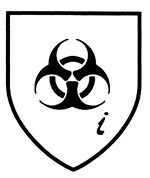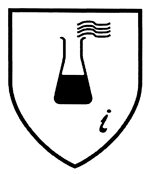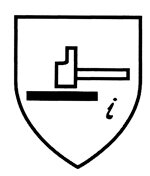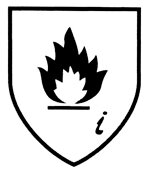Hand Protection
| EN 420 General requirements |
|---|
| Defines the basic requirements for protective gloves |

| EN 374-5 Microorganism |
|---|
| Protection against bacteriological risks |

| EN 374-1 / Typ A/B/C Chemical resistant |
|---|
|
Type A = minimum breakthrough time >30 min. for at least 6 test chemicals Type B = Minimum breakthrough time >30 min. for at least 3 test chemicals Type C = Minimum breakthrough time > 10 min. for at least 1 test chemical Test chemicals according to EN 374-1 |

| EN 388 Mechanical risks |
|---|
|
This standard applies to all types of gloves for protection against physical or mechanical injuries caused by abrasion, cuts, punctures or tears. The protective functions against mechanical injuries are indicated by a pictogram and numbers (performance indicator). They indicate the respective performance test results in connection with a specific risk. |

| EN 407 Thermal risks |
|---|
| This standard specifies the thermal properties of gloves for protection against heat and/or flames. The type and degree of protection is indicated by a pictogram and six performance indicators linked to specific protective properties. The “heat and flame” pictogram is supplemented by a six-digit numerical code: a = Fire resistance Indication = min. 0 max. 4 b = Contact heat resistance Specification = min. 0 max. 4 c = Convection heat resistance Spec. = min. 0 max. 4 d = Radiant heat resistance Specification = min. 0 max. 4 e = Small molten metal splashes Spec. = min. 0 max. 4 f = Large molten metal splashes Spec. = min. 0 max. 4 The higher the number, the better the performance. X = not tested. |

| EN 511 Cold risks |
|---|
| This standard applies to all gloves intended to protect the hand against convective and contact cold down to -50°C. The protective function against cold is indicated by a pictogram and three performance indicators in conjunction with the specific protective properties. The pictogram is supplemented by a three-digit numerical code: A = Convection cold resistance Indic. = min. 0 max. 4 B = Contact cold resistance Specification = min. 0 max. 4 C = Water resistance Specification: no = 0, yes = 1 The higher the number, the better the performance. X = not tested. |